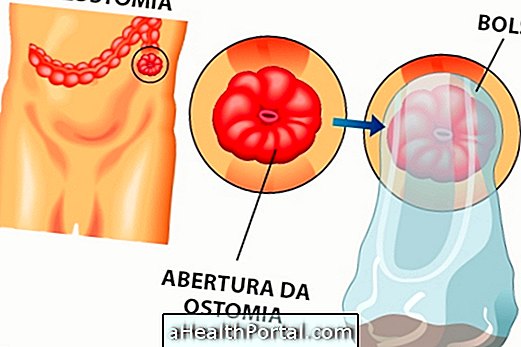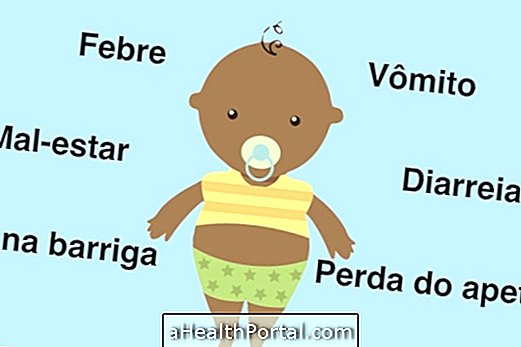The Infant Body Mass Index (BMI) is used to assess whether the child or adolescent is at the ideal weight, and can be done in consultation with the pediatrician or at home by the parents.
Infant BMI is a relationship between weight and height of the child between 6 months and 18 years, which indicates whether the current weight is above, below or within normal, helping to identify malnutrition or childhood obesity.
To calculate your child's and teen's BMI, use the following calculator:

The result of the relationship between BMI and age indicates the percentile of the child or adolescent, which varies according to its developmental phase. Whenever the result shows that the child or adolescent is below or above the weight, the pediatrician or hebiatra, together with the nutritionist should be consulted to adjust the food.
How to make a child or adolescent lose weight
To combat overweight in childhood and adolescence the ideal is to adopt a hypocaloric diet, indicated by a nutriconist, and enroll the child in some type of physical activity so that it spends the accumulated fat, which can be so harmful to health.
Here's what to do in the following video:

How to make the child reach the ideal weight
To make the child reach ideal weight she must have an active life by doing some kind of physical activity at least once a week. The child can swim judo, ballet or be enrolled in a soccer school, for example, as long as she enjoys and has fun during this period.
In addition, food is important to provide the nutrients it needs to grow healthy, but the calories, sugars and fats should be decreased because they are harmful to health.
If your child does not want to eat, see how to act:

To improve your child's diet, it is important to remove the soda from your diet, so see 5 reasons why you should not give soda to your child.

























